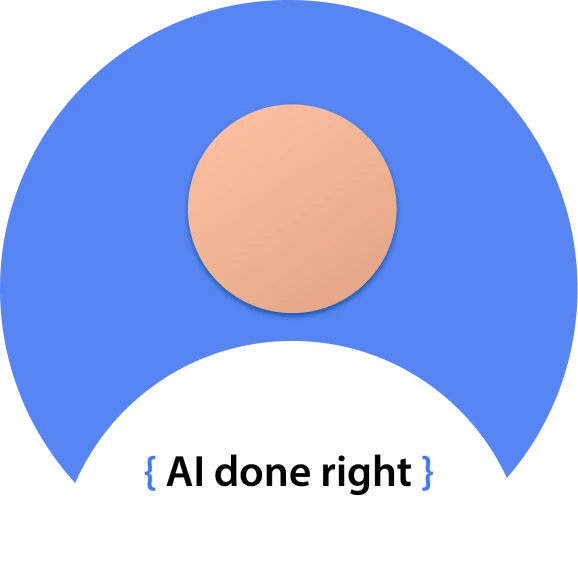In our last technical debt blog post, we learned that it comes from legacy hardware and software, process inefficiencies, scalability and resilience limitations, bad user experiences, or outdated code and software development pipelines.
Whether it’s IT infrastructure technical debt or software development lifecycle (SDLC) technical debt, it always comes back to coding in the end. No matter the source, technical debt always adheres to the definition that it is occurring when you reach the point where the costs of maintaining legacy code or infrastructure is greater than its return on investment.
While there are different solutions to technical debt, they all focus on the problem of how it makes modernizing your business and making it agile and competitive nearly impossible. The negative effects of technical debt impact people, processes, and technology. That’s why we’ll discuss two different solutions that effectively deal with technical debt.
Approaches to Solving Technical Debt: Event Sourcing Architecture
The first approach is by implementing what we call an event sourcing architecture. This is a decoupling approach to your application stack where you’re treating everything that happens within your organization as events. You’re then able to take that event and deal with it in an asynchronous way.
This works great with mainframe development because you can essentially put an adopter or façade interface in front of your mainframe to manage how the event is handed to the mainframe. This architecture approach enables any and every event that comes into the system to be picked up and processed by the mainframe in its own time frame.
That’s important because most mainframes in use today are typically anywhere from 10 to 40 years old systems, and they’re not built for these high throughput system needs enterprises have today. By essentially giving them a throttle in front that will pull the messages as fast as the mainframe can consume it, we can work with that interface for our new design.
This allows us to build all our new code on top of that interface. Then, as we go in and begin replacing, updating, and refreshing some of that mainframe code, we don’t have to rebuild the entire system since we’re already interfacing with that façade. We can just swap out the interface, plug in a new system and we’re off to the races.
Event Sourcing and Data at the Edge
Most businesses are dealing with or will deal with a need to act on data beyond the edge of the network, so we want to start pushing some of that data to the edge. With the eventual consistency of using event sourcing, we can now make copies of that data so that it is closer to your end-users. An example would be a web application that needs to read information from a mainframe or form some legacy database.
In the typical approach used by most businesses, you must traverse the entire network to access that specific data. This event sourcing approach lets us make a copy of the data so it’s eventually consistent at the edge. That way we can just read that from the local system without going through the entire process of searching the network for that data. Automation is key with all of this for:
- Automating our SDLC process for releasing or building code
- Security scanning
- Provisioning architecture and new environments.
It’s crucial to automate everything from the start, including testing, to make that the pillar of your approach.
Solving Technical Debt: Mainframe Migration
There is another way to deal with technical debt that is newer but gaining favor and adoption. This is basically a technique for migrating mainframes. There are processes and solutions available today that can literally take your mainframe, do a code scan of that legacy Cobol, Fortran, RPG, or other legacy programming language, and automatically convert it into a more modern language and deploy it.
This gives you a path out of those 62-million-dollar licensing fees you’re paying these organizations and frees you from that crutch that is supporting your business. You’re also now positioned to leverage and take advantage of AI/ML for predictive analytics.
At Techolution, we have developed and successfully used these two paths for dealing with technical debt in a way that lets you modernize in place. The goal is to create a way for your legacy systems to integrate fully and efficiently with modernized systems and platforms in the cloud.
This delivers the agility, scalability, and efficiency that becomes the groundwork for innovation, competitiveness, and growth in the age of digital transformation. Fill out the form below to learn how we can do this for your enterprise and deliver real business outcomes.
